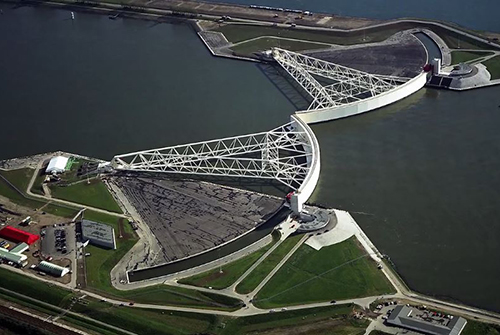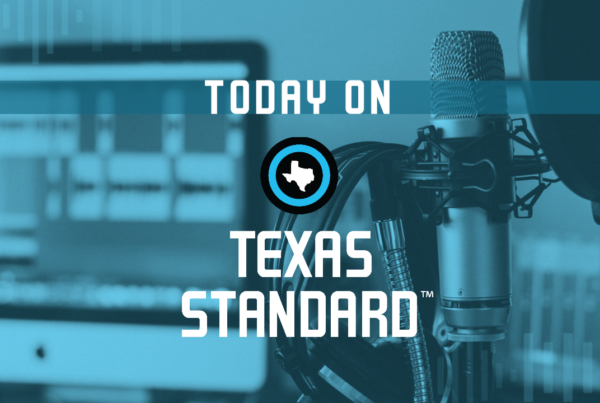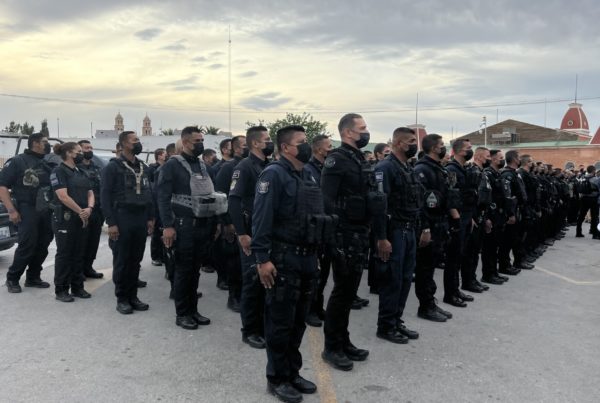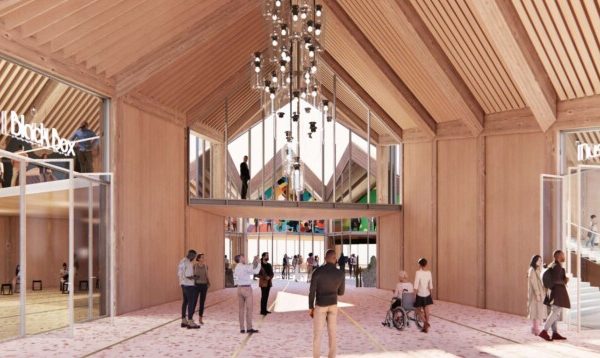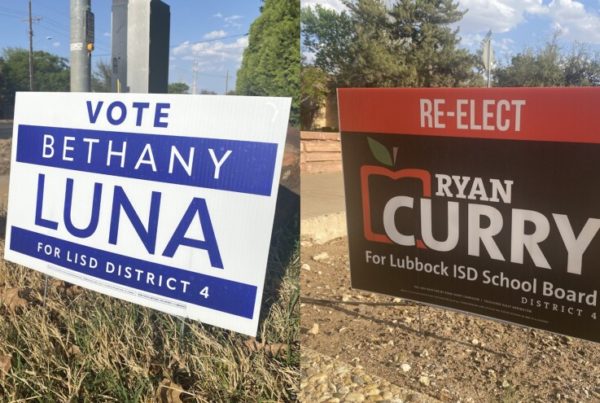Texas is looking to neighboring Louisiana for inspiration in the building of its more than $30 million hurricane and flood barrier along the Gulf Coast, popularly known as the “Ike Dike.” But environmentalists worry it may be too little, too late.0
The Ike Dike will cover 70 miles of the Texas Gulf Coast in the Houston area. A hurricane and flood barrier built along the New Orleans coastline after Hurricane Katrina is bigger than that. But the Houston barrier is a more complicated project. It has large moving sea gates to allow all the ship traffic. Baurick says the New Orleans project has so far been successful.
The Army Corps of Engineers is supposed to break ground on the “Ike Dike” in 2024. But they’re having difficulty finding the money to fund the project- which could continue to delay the project. Tristan Baurick reports on the environment for the New Orleans Times-Picayune.
Listen to the interview above or read the transcript below.
This transcript has been edited lightly for clarity:
Texas Standard: How would the Ike Dike be similar to what was built along the Louisiana coast after Hurricane Katrina?
Tristen Baurick: It’s similar in scale. It’s a $30 billion project. The New Orleans project was about half that cost, but it’s the miles. It’s going to be 70 miles in the Houston area. The New Orleans one was bigger than that. But the Houston one is a lot more complicated of a project. It has large moving sea gates to allow all the ship traffic. So there are some similarities, but the biggest thing is the scale. It’s a very massive project.
Let’s talk about how successful the barrier in Louisiana has been.
It’s been really successful, but there is a lot of talk about how it really hasn’t been tested yet. We just had Hurricane Ida a few months ago and it held up really well. But there have been some studies that have been done recently that, with some computer modeling, shifted the direction of that storm closer to New Orleans. And if it had been about 15 miles closer to New Orleans, we would have had overtopping over our levees. So there really is a sense that we really haven’t had it tested to the full limit quite yet.
Is there a feeling that perhaps New Orleans should have built their barrier higher, bigger, more imposing?
Yeah, there is that sense that it is. It is inadequate. And then we also have an issue with soil subsidence, so the land is sinking and the sea levels are rising. And so the Army Corps is now saying we need to add another two feet just to kind of break, even with the system that was built over a decade ago. And doing something like that would cost $2 billion, just raising it two more feet. And there just isn’t money laying around for that. So it’s very difficult to find that level of funding for these sorts of projects.
What does this mean for Texas? Are the folks talking about the Ike Dike taking into account all of these concerns or not so much?
The Army Corps of Engineers is in charge of building both projects. To build the Ike Dike, they’re looking for $30 billion. And that money is just not appearing. They don’t really have strong advocates in Congress for that money. And so there’s a sense that it could take a while.
The hope is to break ground on the project within two years. But I think people will also say that seemed a little unlikely and that it could be pushed along until better times in the economy when that money might be more available.


